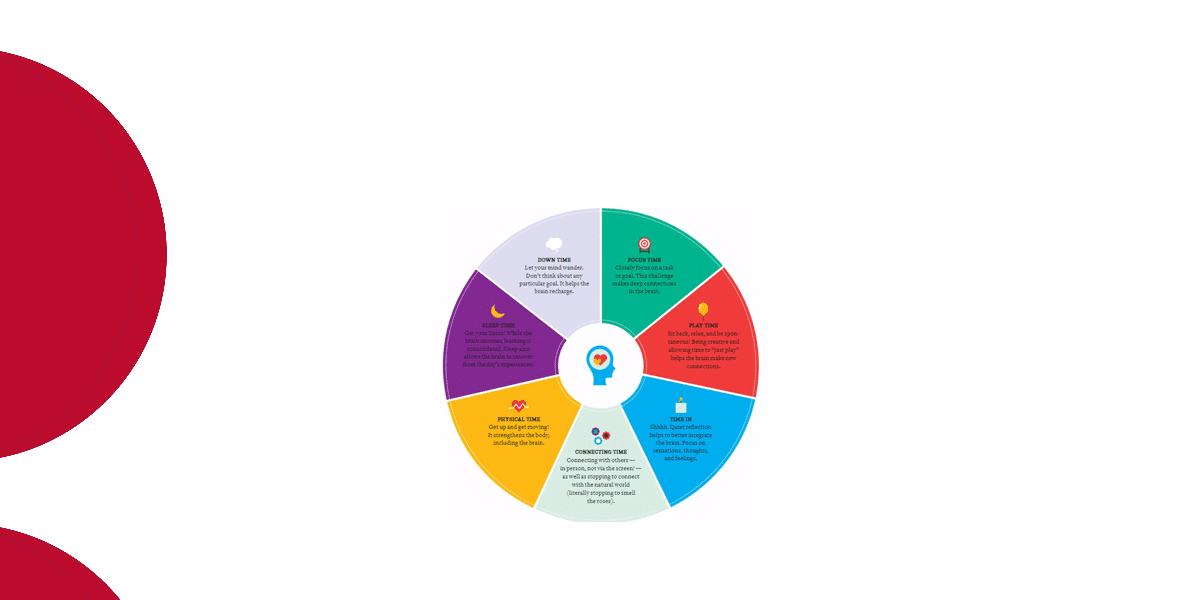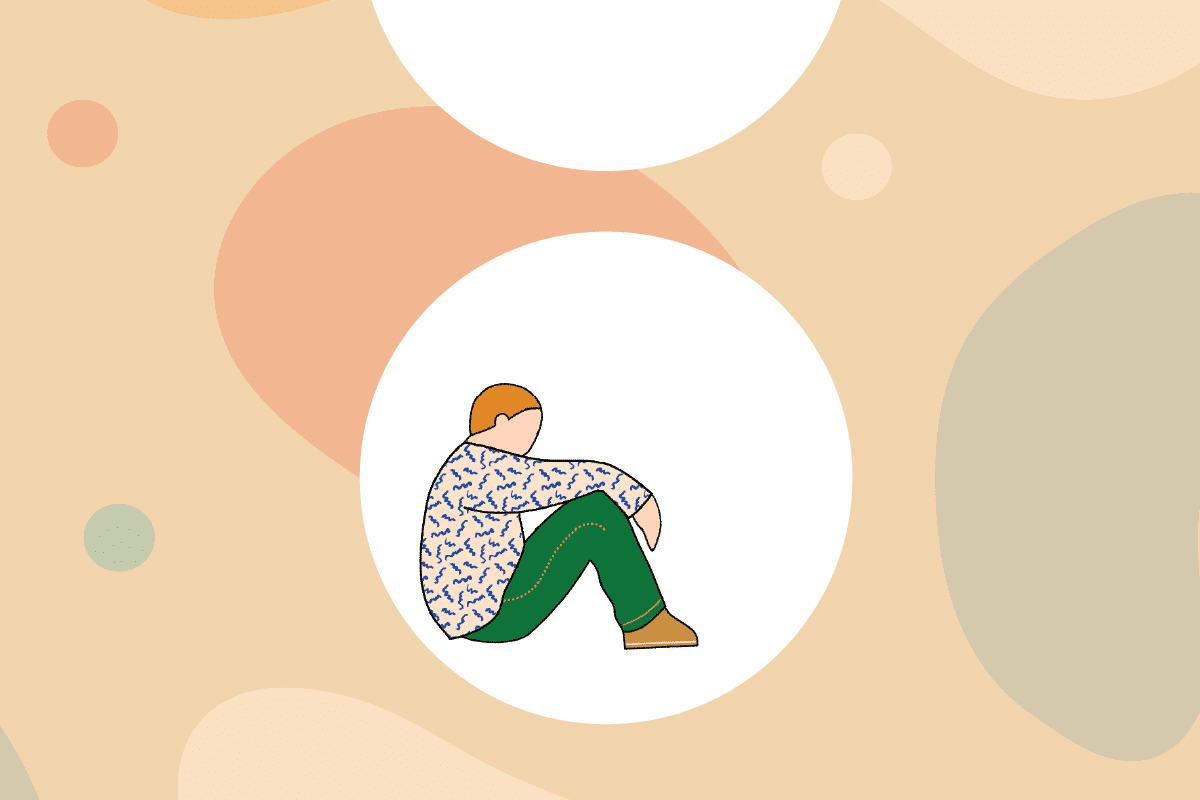How to develop your own self-care protocol
May 2022
Written by Kelly Royds Noel Macnamara
- When someone says ‘self-care’, what image comes to mind?
- What are the positive and negative aspects of this image?
- Do you have clear intentions for self-care and your self-care protocol?
Last month, we explored self-care in our regular Community of Practice for therapeutic specialists and others with a therapeutic leadership role in out-of-home care.
We know self-care isn’t a one-off action and requires intentionality, planning and consistency to enhance wellbeing. At the same time, we also know how easy self-care is to slide off our radar when faced with urgent and complex demands. As Kottler & Hazler (1997) note, there are oft-spoken rationalisations for avoiding or facing our challenges. Do any of these statements sound familiar?
- “This period will pass. I am just busier than usual at this point”
- “None of my colleagues or managers have complained to me about not doing my job properly.”
- “I’m experienced so I can deal with this difficulty without any input from others.”
And yet, self-care is not simply about limiting or minimising professionals’ stressors. It is about enhancing your overall well-being. Using Dan Siegel’s Mind Health Platter, we asked Therapeutic Specialists to assess their self-care across the five domains according to frequency (no activity in the last month, once or twice, at least weekly, etc.)

